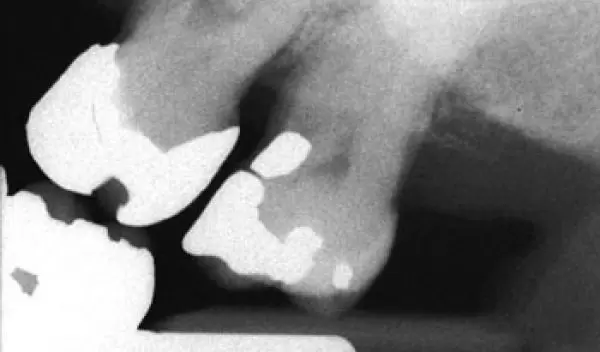
An Automatic System for Matching Dental Records
By matching bicuspid to bicuspid and filling to filling, forensic investigators use dental records to give a John or Jane Doe a real name. Researchers from West Virginia University, Michigan State University and the University of Miami are combining advanced image-processing techniques with elements of logic to accelerate and improve the accuracy of identity matches.
The researchers are working on an Automated Dental Identification System (ADIS) that will compare a database of dental x-rays with x-rays of an unidentified victim. Currently, the FBI's National Crime Information Center uses a text-based database with manually coded descriptions of an individual's teeth and jaw.
Supported by a National Science Foundation Digital Government award, the team is led by West Virginia University computer science professor Hany Ammar and includes professors Robert Howell at West Virginia, Anil Jain at Michigan State and Mohamed Abdel-Mottaleb at Miami, as well as FBI collaborators in the Criminal Justice Information Services division.
By using x-ray images directly, the system keeps the fine-grained details that are lost when humans do the coding and can spot underlying image structures that are difficult to assess by eye. Still, image-based searching presents new challenges. Most significantly, an x-ray image is affected by the position of the camera with respect to the head, unlike fingerprints inked directly onto a sheet of paper.
"There are ways to standardize the angle at which an x-ray is taken, but they are complicated and not all dentists' offices would be able to apply them," said team member Robert Howell, a professor of oral pathology at West Virginia. Central to ADIS is evaluation of the computer science techniques available for aligning images taken at different angles. In addition, ADIS must apply a certain amount of expert logic. For example, ADIS has to understand, to some degree, which types of restorations -- fillings, crowns and the like -- could logically have happened since an earlier x-ray and which would be impossible. For example, a missing tooth cannot reappear in a later x-ray, but a broken tooth in an early x-ray could have been repaired or crowned.
From a large database of dental x-rays, ADIS will produce a short list of a few possible matches with a minimum of human intervention. The results will either contain the matching case or correctly return no matches when no match exists, with an error tolerance comparable to that of FBI's fingerprint matching system. Human investigators will still make the final comparisons against the short match list.
-- David Hart


